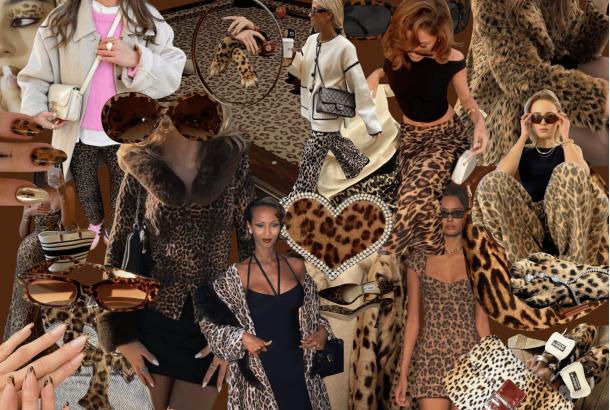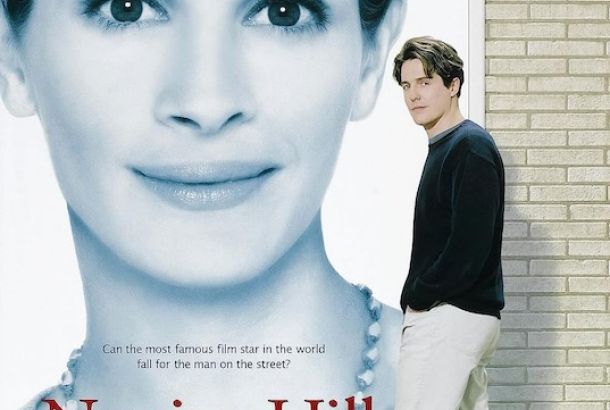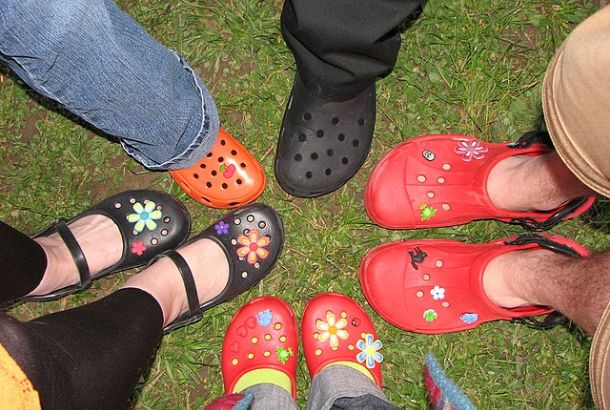The aesthetic world of Sofia Coppola
By Amara Uzokwe
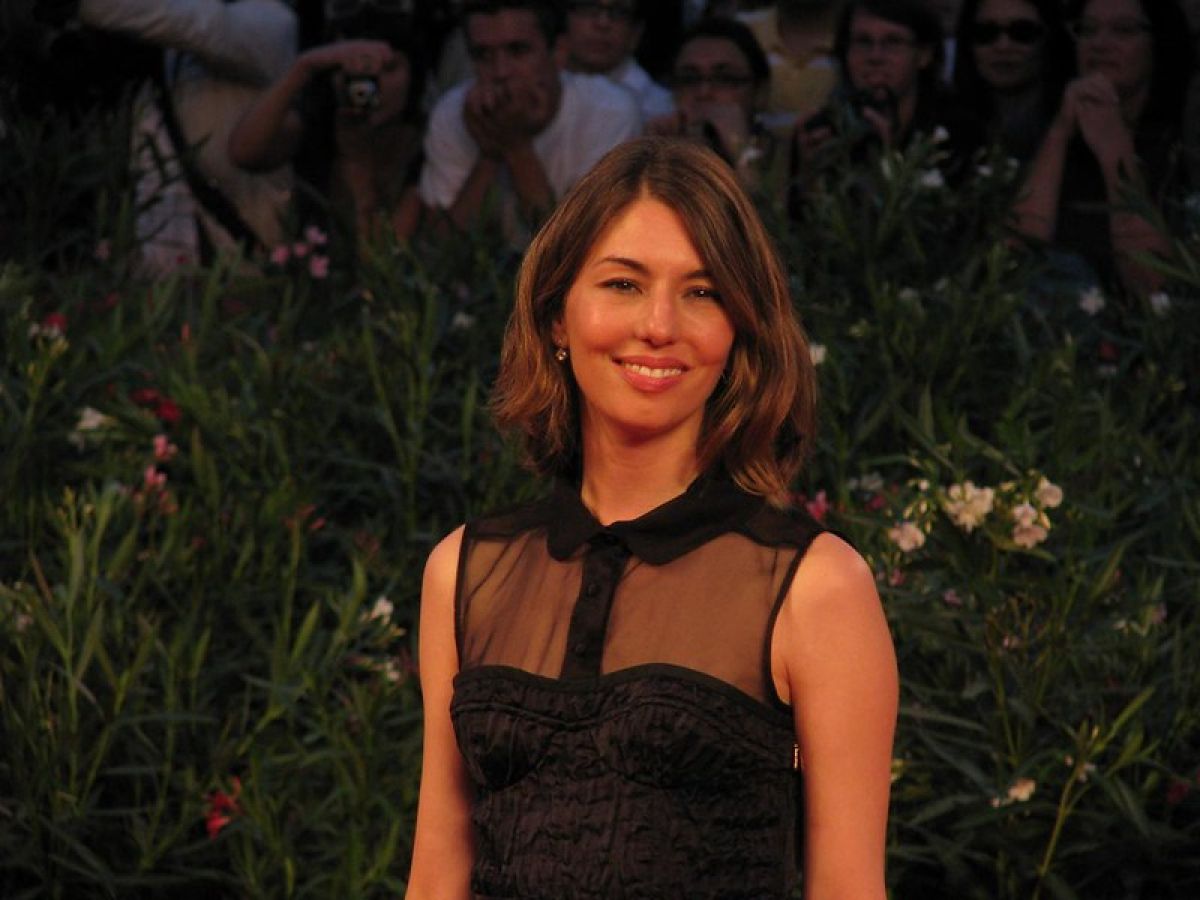
Who is better at depicting the turmoil of girlhood than Sofia Coppola? With the recent resurgence of Lana Del Rey (who, it was recently revealed, almost featured on the Priscilla soundtrack), coquette, and obsessions with girlhood, Coppola’s filmmaking style is becoming more relevant than ever. Her exploration of girlhood, youth, and fashion on screen has led her to become one of the most successful female directors of our time.
Girlhood is a particularly prominent theme across Coppola’s filmography. Her stories typically centre around trapped, misunderstood young women, navigating the transition from girlhood to womanhood. This focus on youth and girlhood is paralleled by the current trends in modern fashion.
In the past year, we’ve seen the rise in popularity of ‘balletcore’ and ‘coquette’ (for those unfamiliar with the terms, picture Natalie Portman in Black Swan and your average Lana Del Rey fan). The revival of these trends has been spearheaded on the runway by designers such as Miu Miu, Sandy Liang, and Simone Rocha.
Earlier this year, DAZED penned an article exploring these trends, suggesting the recent waves of hyper-femininity, nostalgia, and ‘embracing one’s girlhood’ were possible motivations. All of these themes are at the core of the narratives Coppola has been depicting throughout her career.
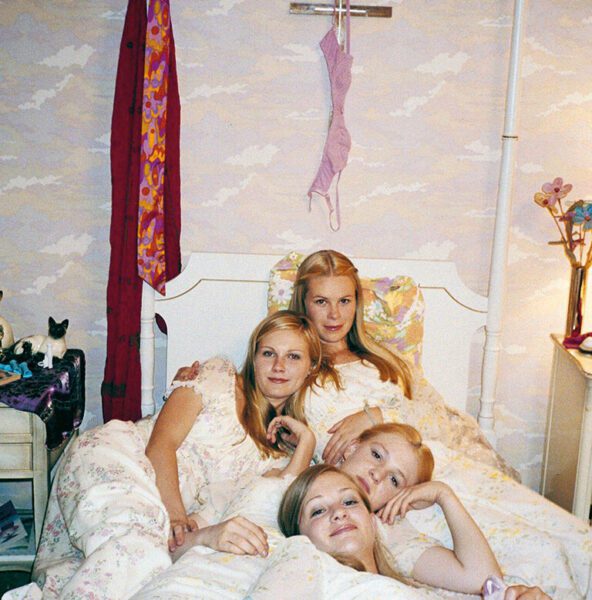
Floral dresses, pink frills, and white lace – all staples for any coquette fan. These all find their place in Coppola’s debut The Virgin Suicides (1999). Coppola’s adaptation of the Jeffrey Eugenides novel was born out of a desire to see more relatable representations of teenage girls on screen.
The story of the five, tragic Lisbon sisters is narrated by a group of teenage boys and is a poignant critique of the male gaze. It’s filled with dreamy shots of the teenage girls in their bedroom and laying in fields, and has the colour palette of a teenager’s makeup collection – pinks, purples, and blues.
The coquette space has adopted the Lisbon girls as figureheads (namely Lux Lisbon) and edit film clips to the music of Lana Del Rey, Mitski, and The Cardigans (as you’d expect). The cultural legacy of the film truly shows Coppola’s talent in portraying the reality of teenage girlhood whilst remaining relatable as ever.
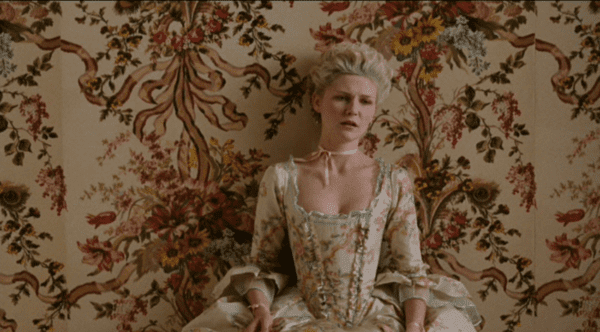
Much of Coppola’s cult following as a director can also be owed to her stylish, yet not always accurate, choices that she makes when curating the aesthetics of her films. Her most striking example of this is in her period biopic, Marie Antoinette (2006).
From the iconic, misplaced Converse scene, in which a pair of Chuck Taylors are spotted during a montage of the monarch’s shopping spree, to opting for a single ribbon tied around Antoinette’s neck (played by Kirsten Dunst) instead of the elegant jewellery of the time. Throughout the film, the director sacrifices historical accuracy to create bold parallels between the young French queen and the modern teen.
In a video essay humorously titled ‘i don’t care that Marie Antoinette (2006) is historically inaccurate!’, youtuber Mina Le highlights some anachronisms regarding specific gowns, yet overall concludes that Coppola made these decisions with purpose.
The costume design in the film is truly second to none, with the designer Milena Canonero winning her third Academy Award for her designs. According to The Times, Coppola approached Canonero with a box of pastel-coloured macaroons stating “I used them [the colours] as a palette,” encapsulating her attitude toward fashion in film.
Canonero spared no inch of fabric when creating the extravagant, confectionery-like gowns to mirror the opulence of Versailles. The costume designer reportedly made an astounding 170 gowns for the film, with 100 being for Dunst alone. Whilst never seeing the struggle of the French people on screen until they storm the palace, Coppola highlights the true disconnect between the monarch and her subjects through these fashion choices in the movie.
It is abundantly clear that to Coppola, costume, and narrative work hand in hand. The 52-year-old has recently released her book Archive, giving a sneak peak into her creative process. In a recent interview with W, the director showed off Archive, offering a glimpse into the meticulous attention she pays to aesthetics.
Notably, she revealed a photo of Paris Hilton’s closet during the filming of The Bling Ring (2013), a film with fashion at the core of its narrative. The film is based on true events in which a group of teens commit a series of robberies at the homes of many celebrities including Hilton herself. Parts of the film was actually filmed at the iconic socialite’s home in Los Angeles.
Coppola also details just how important fashion in film is to her and how “She thinks of it as she’s writing it.” For southern gothic thriller, The Beguiled (2017), she used printed fabrics from the period found at The Metropolitan Museum of Art in New York City as inspiration for costumes (the book is available for preorder here).
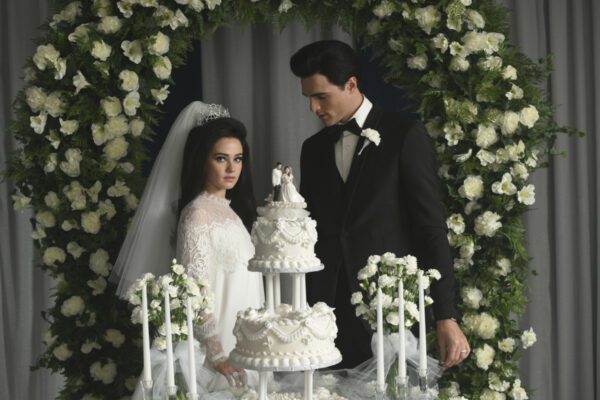
Later this year the long awaited, Coppola-directed, A24-produced Priscilla comes to UK screens for preview. The film details the life of Priscilla Presley, played by Cailee Spaeny with Jacob Elordi as Elvis Presley. Coppola was inspired to write the film after reading Priscilla Presley’s memoir Elvis and Me, telling W she was interested in how (Priscilla) Presley “[Grew] up in such an extreme place as Graceland” and that there is a relatable aspect to every teenager.
When presenting Archive, Coppola revealed the reference photos of Priscilla and Elvis she used as inspiration as well as the jaw dropping Chanel-designed wedding dress created for the movie. She truly will be doing the fashion icon justice. Whilst in the past Coppola received criticism for her ‘girly’ filmmaking style, the current fashion climate aligns perfectly with her upcoming work on Priscilla.
Her commitment to fashion as a storytelling element is further shown by her recent collaboration with the respected fashion brand Barrie, known for its luxurious knitwear. In this collaboration, she brought her unique sense of style to a new medium, showcasing her influence in the world of fashion.
Sofia Coppola’s innovative approach to fashion in her films transcends mere aesthetics; it becomes an essential narrative element. With Priscilla on the horizon, her commitment to exploring the intersection of girlhood, fashion, and storytelling is evident in her ongoing impact on culture.
